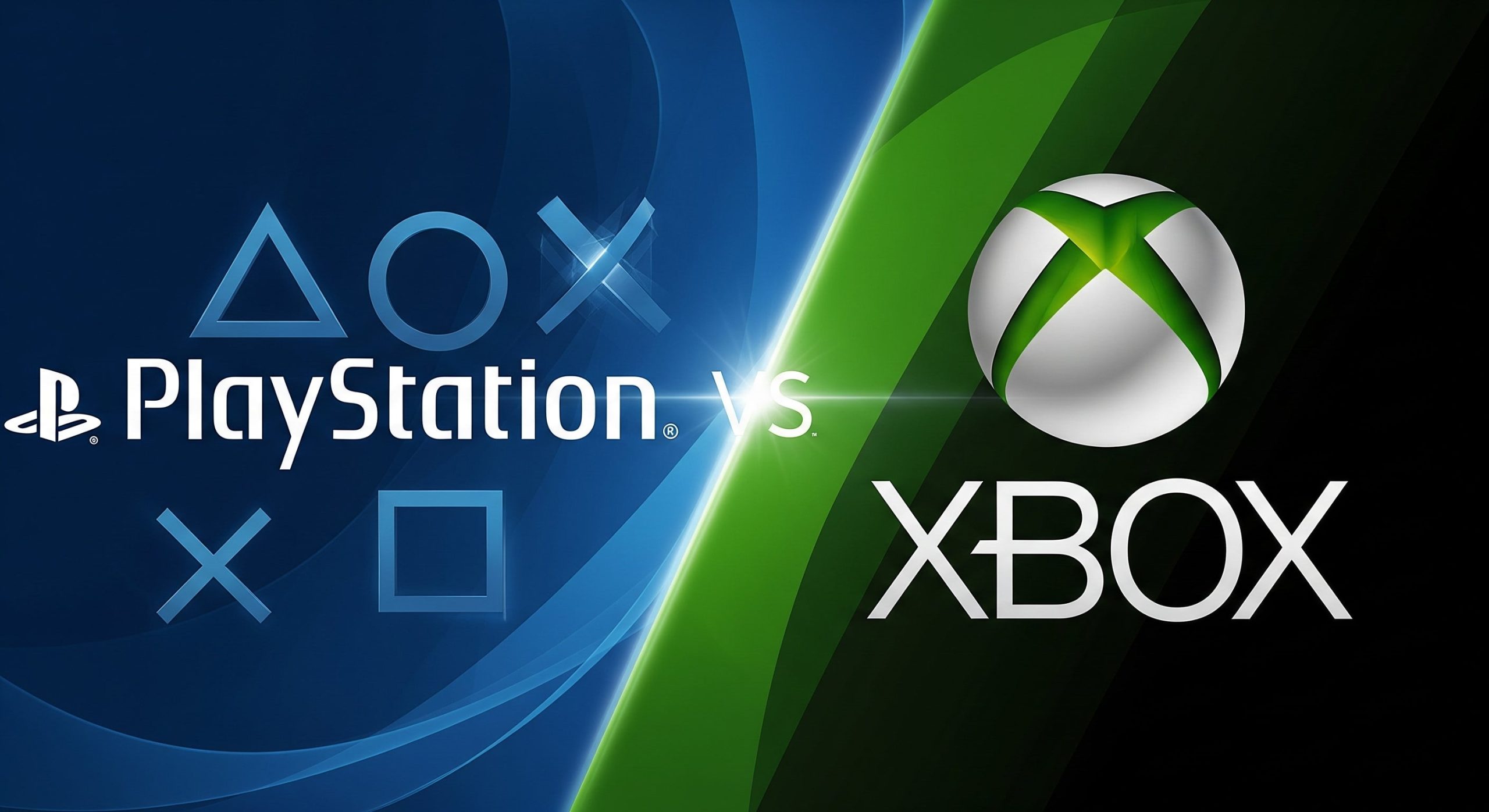Key Takeaways
Created with AI - we're still experimenting, so apologies if it misses the mark
- The upcoming Xbox console, codenamed Magnus, is predicted to have a significant power advantage over the PlayStation 6 (Orion), with an 11-core CPU compared to Orions 8-core and a more powerful GPU with 68 RDNA 5 compute units versus Orions 40-48 units.
- Despite this potential power disparity, Sony appears to be focusing on making the PlayStation 6 more affordable for consumers.
- Both consoles are rumored to use AMD Zen 6 and RDNA 5 architectures, though specifications such as memory and bandwidth remain speculative at this point.
- The console war is heating up again, with both next-gen consoles expected to release in 2027, and developers working on optimizing their games for the powerful hardware of both systems.
Next-Gen Console Showdown: PS6 Orion vs. Xbox Magnus – Power versus Precision
The buzz around the next console generation continues, fueled by a new video from YouTube channel Moore’s Law Is Dead. This video presents leaked information about the PlayStation 6 (codenamed Orion) and the next Xbox (codenamed Magnus), hinting at an epic technological battle on the horizon. Leaked information from Moore’s Law Is Dead suggests the upcoming Xbox, Magnus, will significantly outperform the PlayStation 6, Orion, in raw power. Magnus features an 11-core AMD Zen 6 CPU, while Orion uses an 8-core AMD Zen 6 CPU. The graphical processing unit (GPU) difference appears even more pronounced, with the Xbox boasting 68 RDNA 5 compute units compared to the PS6’s 40 to 48 units. The PS6, however, offers ray tracing performance up to ten times faster than the current PS5.
Next-Gen Console Duel: PS6 Orion vs. Xbox Magnus – Balancing Power and Affordability
This potential power disparity echoes past rivalries. The Xbox Series X currently holds a slight technical edge over the PlayStation 5, though actual in-game performance often hinges on optimization. Similarly, the PlayStation 4 attracted numerous exclusive titles despite the Xbox One’s hardware advantages in certain areas. Despite both consoles not being expected to launch before 2027, these early speculations are already shaping player expectations. Microsoft has hinted at the next Xbox representing its “biggest technological leap ever,” while Sony appears to prioritize more affordable hardware. All specifications and release dates remain rumors. Final products may differ significantly, especially as developers reportedly create both consoles with AMD Zen 6 and RDNA 5 architectures, which AMD has not yet officially disclosed. Both consoles are currently speculated for a 2027 release. Rumored Specifications: | Component | PlayStation 6 (Orion) | Xbox (Magnus) | | :———————– | :————————- | :————————- | | CPU | AMD Zen 6 8 cores | AMD Zen 6 11 cores | | GPU | RDNA 5 (40-48 units) | RDNA 5 (68 units) | | Memory | RAM (24 GB speculated) | RAM (up to 24 GB speculated) | | Memory Bus | 160-192-bit | 192-bit |
| Bandwidth | 640-768 GB/s | Not Available | | Performance (Ray Tracing) | Up to 10x faster than PS5 | Not Available | The console war is clearly heating up again, with promising hardware innovations on the horizon for the next generation.
In Case You Missed It
For all you gaming enthusiasts out there, we’ve got some exciting news about the future of console graphics. Ahmed Hassan’s latest piece on Players for Life delves into how the PlayStation 6 (PS6), codenamed “Orion,” is set to revolutionize gaming with its groundbreaking ray tracing capabilities up to ten times faster than the current PS5 model. Published on August 5, 2025, this article explores the advanced hardware details and future implications of this next-gen console. If you’re eager to learn more about what’s in store for gamers, be sure to check out PS6 Expected to Revolutionize Graphics with Ray Tracing Up to 10 Times Faster than PS5 and if you’re also interested in the latest trends and financial insights of popular gaming apps, Sophie Laurent’s recent post “Pokémon TCG Pocket Relies on 39 Million Monthly Active Unique Users” (published on August 10, 2025) offers a fascinating look into the game’s revenue growth and strategic challenges. As DeNA looks to enhance user engagement with an upcoming major update, this article dives deep into how Pokémon TCG Pocket is navigating its path forward in both domestic and international markets. Be sure to check it out here Pokémon TCG Pocket Relies on 39 Million Monthly Active Unique Users for more details!
Have any thoughts?
Share your reaction or leave a quick response — we’d love to hear what you think!
